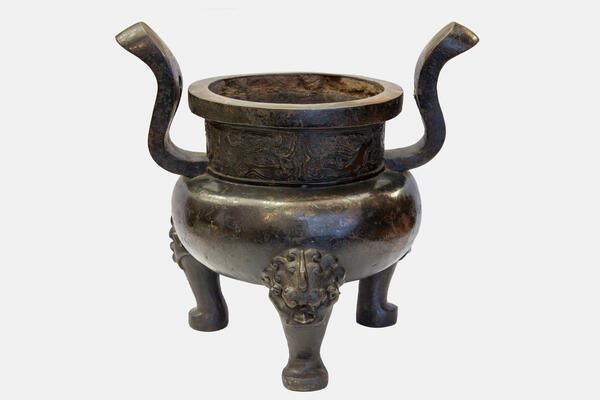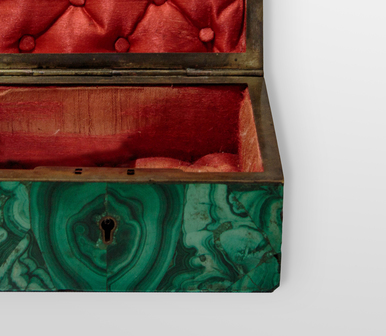The culture of burning incense (“xiang wenhua”) has existed throughout Chinese history since ancient times. As society developed, so did this culture go through many updates and iterations, until it became an integral part of Chinese culture. Together with the invention of the technique of mixing fragrant raw materials and spices, emerged a variety of utensils and accessories — incense burners are one of the more noteworthy examples of such items.
An incense burner is a vessel designed to burn incense or perfume. There are numerous varieties of incense burners: they differ in size, shape and material. They can be simple clay bowls or fire pots, and intricate vessels carved from silver or gold. To allow airflow, openwork is often used. In many cultures, incense burning has spiritual significance and religious connotations, and this is reflected in their design and decoration.
The earliest vessels identified as incense burners were made somewhere around the middle of the 5th — end of the 4th century BC, during the Warring States period. The modern Chinese term “xianglu” (“incense burner”) is a compound of “xiang” (“incense, aromatics”) and “lu” (“brazier, stove, furnace”). Another common term is “xunlu” which means “a brazier for fumigating and perfuming”.
Early Chinese designs of incense burners were often round basins with a leg. It is believed that they originated from early ritual bronzes, such as the “dou”, which are sacrificial chalices. Other Chinese incense burners were shaped like birds or animals. In the medieval times, incense burners with long handles were introduced and were widely used in Buddhist and Taoist rituals. In the Far East, incense could also be used to determine the time, because it was easy to use and, as a rule, did not create a fire hazard. Time intervals were marked on incense sticks to calculate how much time passed. These sticks were placed in a ritual tripod vessel known as “ting”. During the imperial coronation, incense sticks were used to indicate the duration of the ceremony. Spiral coils are another kind of incense. They were used to measure larger periods of time — one spiral was equal to one night.





